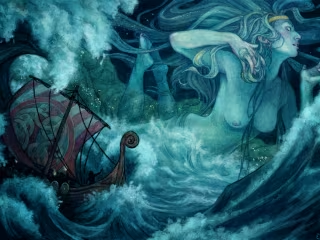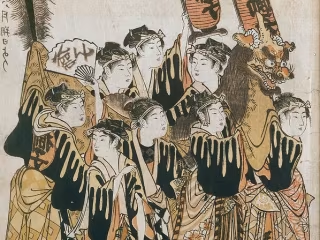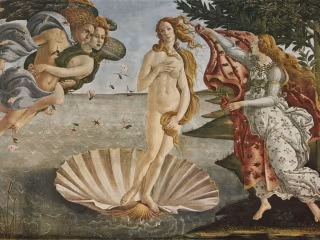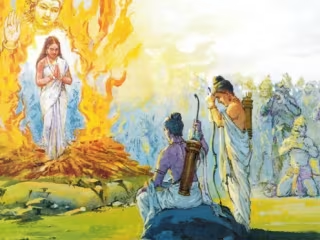Devi: The Mother Goddess
0
Ghostwriter
Blog Writer
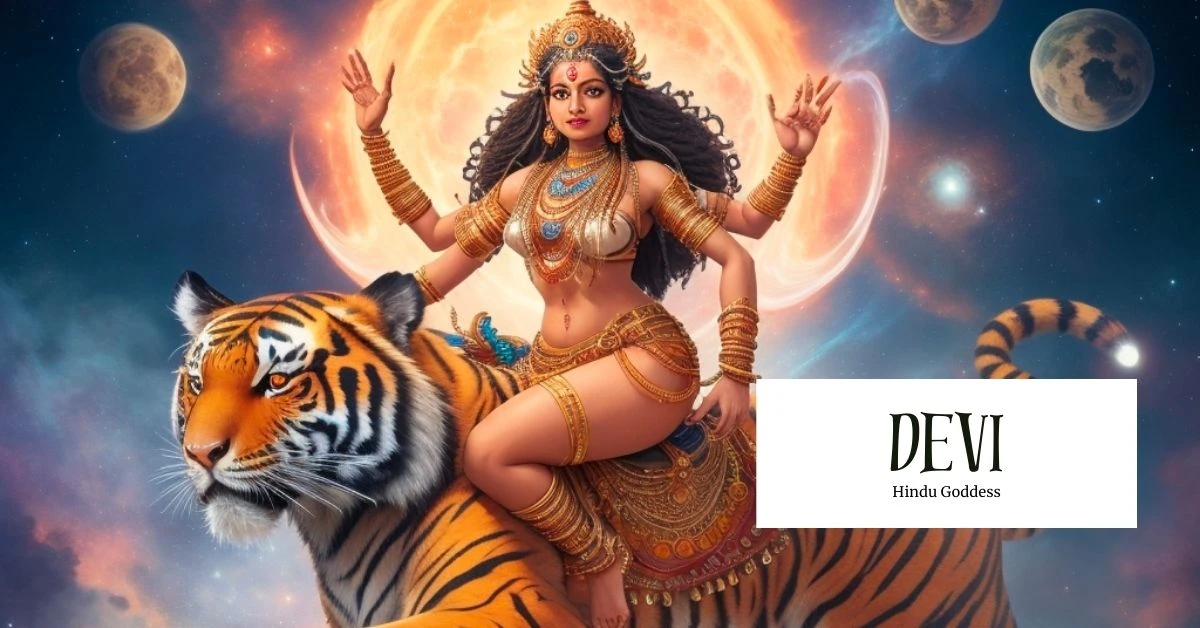
In the enchanting tapestry of Hindu mythology, where gods and goddesses weave intricate stories of cosmic prowess, one figure reigns supreme—Devi. More than just a deity, she embodies feminine power, compassion, and the essence of cosmic energy. As if cast by the hands of time itself, Devi’s roots reach the depths of history, and her influence has swelled beyond epochs, captivating the souls of millions across the globe. In this voyage, we plunge into the depths of Devi’s intricacies, unraveling the layers of her identity—titles that bestow greatness, abilities that define transcendence, characteristics that radiate divinity, traits that mirror humanity, symbols that encapsulate her essence, and the vibrant festivals and rituals that consecrate her worship. Join us on this odyssey into the heart of Devi’s existence, where the mystical and the earthly converge harmoniously.
Overview of Devi
As a prominent figure in Hindu theology and mythology, Devi is often revered as the Divine Mother, with her name carrying deep significance. Originating from the Sanskrit language, “Devi” translates to “goddess,” signifying her role as the foremost feminine deity in Hinduism (Cartwright). Embodying the delicate balance between creation and destruction, Devi is intertwined with life, death, and rebirth cycles. Devi’s diverse manifestations and forms are revered across various Hindu traditions and regions, each representing a unique facet of her transcendent grace and strength.
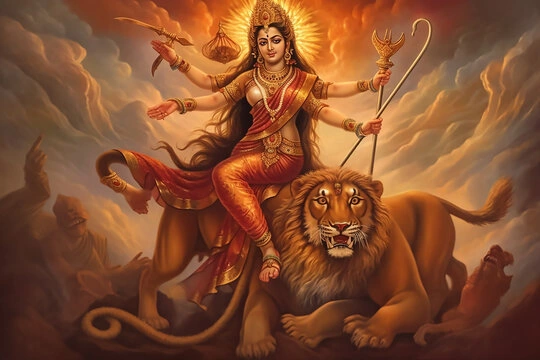
Source: Adobe Stock
Titles
Great Goddess
Mother Goddess
Goddess of Wealth
Mother
Abilities
Devi’s divine abilities attest to her multifaceted nature, encompassing the vast spectrum of creation, preservation, and dissolution. As the creative force, she emerges as the divine source of life and growth, symbolized by her unparalleled ability to bring forth existence itself. As the sustainer of the cosmos, Devi carefully maintains the intricate balance that upholds the very fabric of reality, ensuring the harmonious continuation of all things (“Devi Overview & Characteristics | Who Is the Goddess Devi?”). However, it is essential to note that her abilities are not confined solely to creation and preservation, as her complex nature also encompasses destruction as a fundamental part of the cosmic cycle. This aspect of her being finds expression through the embodiment of goddesses like Kali, who represents the force of necessary transformation and renewal that follows dissolution (“Devi Overview & Characteristics | Who Is the Goddess Devi?”). Devi’s multifaceted abilities mirror the intricate dance of existence, embodying the cyclical nature of life, death, and rebirth with the utmost grace and precision.
Characteristics
In her many forms, the goddess Devi is a compelling embodiment of distinct allure and profound symbolism. Her portrayal often showcases her as an emanation of radiance and beauty, epitomizing grace and elegance. However, her physical representation truly encapsulates the depth of her divinity, adorned with multiple arms, each carrying a unique symbol or weapon with grace and ease. This striking imagery conveys a powerful message, symbolic of her unparalleled ability to multitask and deftly manage multiple responsibilities simultaneously. This portrayal is a testament to her all-encompassing might, underscoring her capacity to harmoniously oversee the multifaceted tapestry of life’s various dimensions (Cartwright).
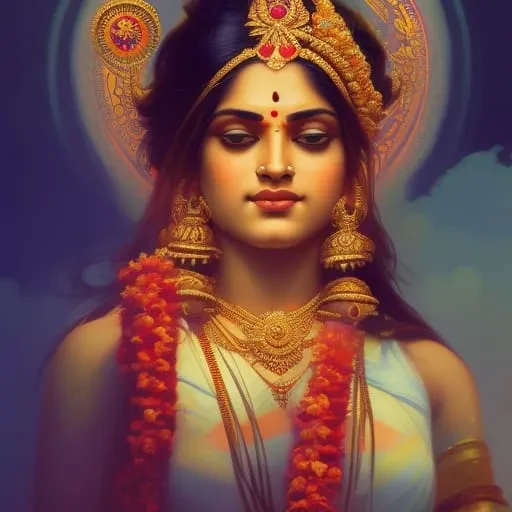
Source: NightCafe Creator
Traits
The persona of Devi is a profound reflection of her divine essence. Her depictions frequently illustrate her as an exemplar of compassion, extending unparalleled warmth and a sense of security to her followers. Moreover, Devi embodies an unwavering spirit of determination and strength, fearlessly confronting obstacles and standing up against all evil. This duality within her character is a testament to the intricate complexity of the divine feminine. By balancing her gentle and nurturing qualities with an unyielding ferocity, she mirrors the harmonious blend of contrasting qualities that define our world. Devi’s persona embodies the multifaceted nature of existence, illustrating how gentleness and fierceness can coexist in perfect equilibrium.
Symbols
The symbols associated with Devi offer a rich and intricate reflection of her multifaceted nature, encompassing a range of attributes that speak to her power and fearlessness. Among these symbols, her mount – often depicted as a lion or tiger – is prominent, representing her untamed might and unwavering courage. This emblem is a testament to her physical prowess and a metaphor for her indomitable spirit, inspiring her followers to embrace bravery in the face of adversity.
Equally captivating are the depictions of Devi with multiple arms, a symbol that speaks to her multifunctional essence. With these arms, she offers blessings and protection to her devotees while wielding powerful weapons to combat any opposing forces that seek to disrupt cosmic harmony. As noted in a source (“Devi”), this symphony of symbols beautifully encapsulates the balance and harmony within Devi’s divine persona, reflecting the exquisite equilibrium between opposing qualities that define her essence. Overall, the symbolism associated with Devi offers a powerful testament to her strength, courage, and multifaceted nature, inspiring reverence and devotion among her followers.
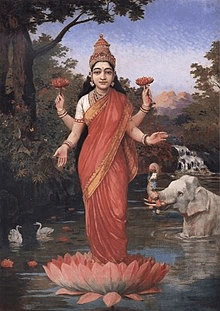
Source: Wikipedia
Festivals and Rituals
The worship of Devi is characterized by a series of festivals and rituals that commemorate her various forms and attributes. Navaratri is one of the most renowned celebrations, a nine-night festival dedicated to different aspects of the goddess. Other forms of Devi are also worshiped during this festival, emphasizing her diverse powers and attributes. Durga Puja, celebrated with grandeur in West Bengal, symbolizes the victory of the goddess over the buffalo demon Mahishasura, signifying the triumph of good over evil (“Devi Overview & Characteristics | Who Is the Goddess Devi?”).

Source: Vecteezy
Legends associated with Devi
The Hindu goddess Devi is a great mystery and intriguing figure, revered by countless devotees for centuries. Her complex and multifaceted nature is characterized by a wide range of forms, attributes, and legends, creating a tapestry of devotion, symbolism, and spiritual significance that is genuinely awe-inspiring. From her many manifestations as a protective mother goddess to her role as a fierce warrior and destroyer of evil, Devi is a powerful force for good in the world, and her influence can be felt far and wide throughout the Hindu faith.
Origin story
The origin story of Devi is associated with the emergence of different goddesses, each representing multiple aspects of the divine feminine. The concept of Devi is not tied to a single goddess but rather represents the divine feminine energy that is considered the source of creation, preservation, and destruction. The term “Devi” translates to “goddess” in Sanskrit, and the emergence of specific goddesses within the Devi pantheon is often described in Hindu texts and mythologies. Each goddess has her own distinct origin story, contributing to the multifaceted concept of Devi.
For instance, Parvati , a goddess often considered an incarnation of Devi, has an origin story. In her previous incarnation as Sati, the daughter of King Daksha, Sati’s devotion to Lord Shiva was so profound that when her father insulted Shiva, she immolated herself in a sacrificial fire. In her next life as Parvati , she undertook severe penance to win Shiva’s heart and eventually married him. This story highlights Parvati’s determination, devotion, and role as a consort of Shiva.
Similarly, goddesses Durga, Lakshmi , and Saraswati have unique origin stories emphasizing their attributes, roles, and powers. Devi is not a single goddess with a specific origin story but a collective representation of the diverse goddesses in Hindu mythology. Each goddess has her unique narrative and significance, contributing to the multifaceted concept of Devi.
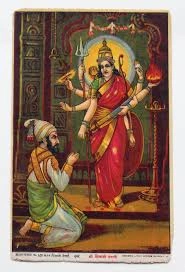
Source: Myth Encyclopedia
The Epic Battle of Devi: Defeating the Demon Dhumralochana
Devi’s unwavering commitment to righteousness is showcased in a captivating legend that recounts her triumph over the fearsome demon, Dhumralochan, and his cohorts, who sought to disrupt cosmic order and spread chaos (“Devi Overview & Characteristics | Who Is the Goddess Devi?”). The intense clashes and divine displays of power between Devi and Dhumralochan marked their battle, with the demon attempting to deceive Devi through his illusions. However, her unwavering focus and religious insight saw through his tricks, and with a fierce determination, Devi engaged Dhumralochan, eventually defeating him and restoring harmony to the universe. This legend exemplifies Devi’s role as a vanquisher of deception and chaos, underscoring her commitment to upholding cosmic balance.
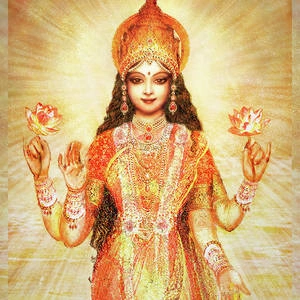
Source: Pixels
Overcoming Demon Raktabija’s Army
Devi’s diverse forms are widely known for triumphing over various adversaries, including Mahishasura and his formidable allies, Chanda and Munda. Devi manifested as Durga and was equipped with potent divine weapons bestowed by multiple gods. This power enabled her to engage in a fierce battle with the demons, who were encouraged by their association with Mahishasura and posed a significant threat to cosmic harmony (Cartwright).
Devi’s relentless determination and strategic prowess proved superior despite the demons’ strength, allowing her to overcome Chanda and Munda and neutralize their threat. Through her unwavering commitment to righteousness, Devi re-established the supremacy of the divine order. The story of Devi’s victory over Chanda and Munda serves as a testament to her divine abilities and unwavering commitment to cosmic harmony (Cartwright).
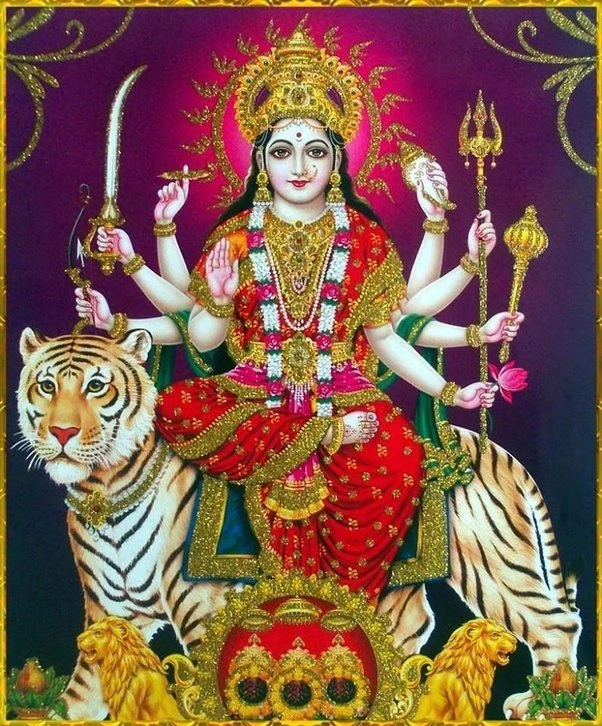
Source: Quora
Influences of other religions/cultures on Devi
The divine presence of Devi holds a powerful allure that transcends the boundaries of Hinduism and resonates with diverse cultures and religious traditions. Devi’s significance has traversed religious boundaries throughout history and gained recognition and reverence in various corners of the world. In Southeast Asian cultures such as Cambodia and Thailand, Devi has assumed the role of a revered guardian deity, as vividly depicted in intricate temple sculptures that accentuate her importance as a protector and source of divine strength.
Moreover, Devi’s assimilation into Tibetan Buddhism as Tara further highlights her ability to adapt and resonate within different spiritual frameworks. As Tara, she embodies compassion and enlightened wisdom, embracing principles that transcend sectarian boundaries. This syncretism emphasizes Devi’s enduring allure and underscores her capacity to foster unity and shared reverence among diverse religious traditions. The widespread acceptance of Devi beyond Hinduism is a testament to her timeless and universal significance, reaffirming her status as a revered figure that transcends cultural divisions (Cartwright).
Modern appearances
Devi’s symbolism and narratives frequently appear in popular culture, celebrating her multifaceted essence and empowerment. Devi’s impact is particularly discernible in contemporary feminist dialogues, where her many forms serve as powerful metaphors for the complex and resilient facets of the female experience. As a testament to her enduring relevance, Devi’s stories and archetypes remain an ever-flowing source of inspiration, effortlessly adapting to and resonating with evolving perspectives.
Devi’s influence has also transcended national borders, as the acknowledgment of her attributes mirrors the evolving understanding of femininity, strength, and empowerment on a global scale. Modern reinterpretations and artistic expressions rooted in Devi’s symbolism reflect society’s growing appreciation for the intrinsic power and versatility of the feminine spirit. In this way, Devi stands as a bridge connecting ancient wisdom with contemporary aspirations, infusing vitality into spiritual exploration and fostering a deeper comprehension of the dynamic interplay between the divine and human experience (“Devi”).
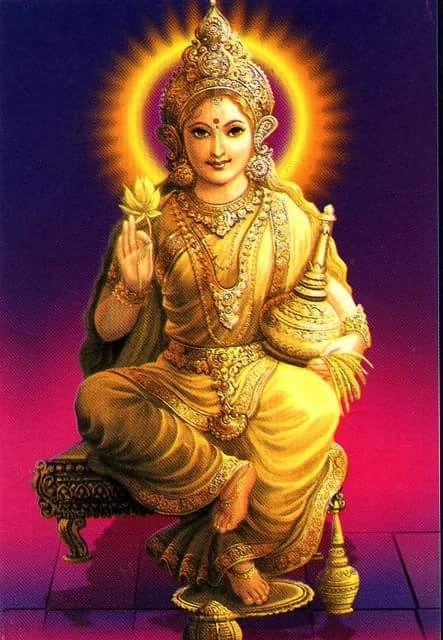
Source: hinduscriptures
Final thoughts
Devi, the goddess of numerous forms and legends, symbolizes the quintessence of the divine feminine and the intricate nature of existence. Her origins, depicted through various narratives, portray her as a cosmic force that emerges to maintain equilibrium and safeguard the divine order. The legends of her battles with formidable demons exemplify her strength, determination, and unwavering commitment to righteousness. The universal appeal and enduring relevance of Devi, transcending cultural and religious boundaries, underscores her significance. As she continues to inspire generations, her multifaceted attributes remind us of the inherent complexity and power of the feminine spirit. Devi’s enigmatic presence in her various forms and tales continues to illuminate the path of devotion, empowerment, and spiritual exploration.
References
Cartwright, Mark. “Devi.” World History Encyclopedia, 5 Dec. 2015, www.worldhistory.org/Devi/.
“Devi.” Wikipedia, 21 Jan. 2022, en.wikipedia.org/wiki/Devi.
“Devi Overview & Characteristics | Who Is the Goddess Devi?” Study.com, 2023, study.com/academy/lesson/devi-overview-characteristics.html. Accessed 11 Aug. 2023.
Did we miss something? Do you know another aspect of this legend? Don't hesitate to reach out!
Like this project
0
A client hired me to write several informative pieces on Hindu Goddesses, and this blog post centers around the Mother Goddess, Devi.
Likes
0
Views
647
Tags
Ghostwriter
Blog Writer


